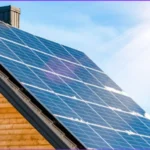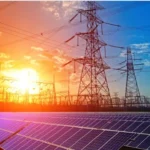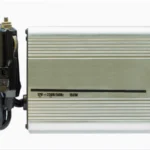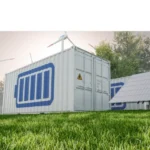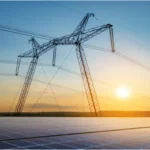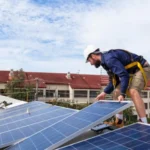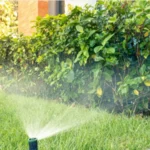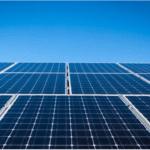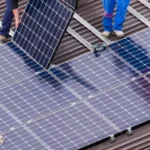When was the last time you checked how much power your solar panels were actually producing?
If you’re like most homeowners I’ve worked with, the answer is probably “never” or “back when the system was first installed.” You likely saw the drop in your electricity bill and assumed all was well. But solar systems are not entirely maintenance-free. Over time, performance can quietly decline—and most people don’t realize it until they’ve lost months of savings.
In this guide, I’ll walk you through the most common causes of reduced solar performance, show you how to diagnose issues, and share real-world insights from the field. Whether you’ve been using solar energy for years or are still researching your options (maybe even watching First Solar stock as a gauge), you’ll find this post practical and timely.
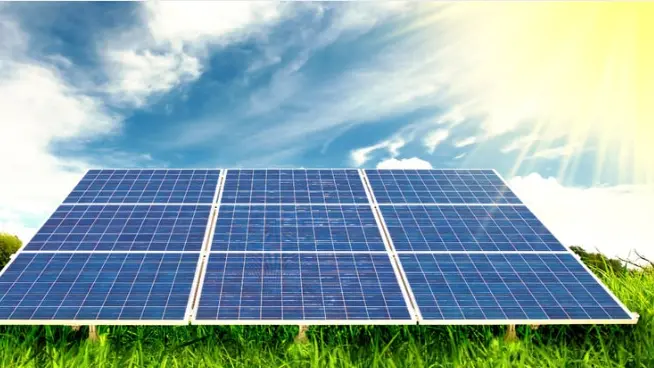
What Really Affects Solar Panel Output?
Solar panels are often marketed with ideal output numbers, like 400 watts per panel. But that figure is based on lab conditions. Real-world performance is influenced by a combination of environmental factors, maintenance practices, and equipment health.
Here are the top reasons I’ve seen solar panels underperform in real homes.
Also Click Here : Solar electric fence
1. Dirt, Debris, and Soiling Loss
Even a light layer of dust can reduce panel efficiency by 5 to 10 percent. More severe soiling from bird droppings, pollen, or urban pollution can cause energy losses of up to 20 percent.
Real Example
I worked with a homeowner in Bakersfield, California, whose panels were generating about 18 percent less energy than their modeled output. The issue? A nearby almond orchard had kicked up fine dust that clung to the array. A professional cleaning brought the system almost back to its original specs within 48 hours.
Takeaway:
Have your panels cleaned at least every three to four months. In areas with frequent dust or pollen, increase that frequency.
2. Shading and Seasonal Angle Variations
Shadows from trees, chimneys, or even growing vegetation can seriously impact your system’s performance. Even partial shading on one panel in a string can drag down the output of the entire array if you’re not using microinverters or optimizers.
Use your solar monitoring app to identify low-producing panels. If output dips in certain seasons, tree trimming or a panel-level upgrade could restore lost production.
3. Inverter Problems and Aging Hardware
Solar panels are only as good as the inverter that converts their energy into usable power. Inverters typically last 10 to 15 years and are often the first component to fail.
Checklist for Troubleshooting Inverter Issues:
- Check for visible fault codes on your inverter display or app
- Confirm that all panels are reporting power
- Look for signs of rust, overheating, or water damage
- Contact your installer or an electrician if you see recurring faults like “ARC,” “Ground Fault,” or “Isolation Error”
Aging inverters can silently reduce your expected output by 5 to 15 percent. It’s one of the most common and overlooked performance bottlenecks.
Charging Your EV with Solar? Here’s How to Do It Right
With electric vehicle (EV) ownership on the rise, many homeowners are turning to solar power to offset the costs of charging their vehicles. But timing and system design matter more than most people realize.
If you’re charging your EV at night, you’re pulling electricity from the grid unless you have a battery.
Tips for Efficient Solar EV Charging:
- Install a Level 2 smart charger that integrates with your solar system
- Schedule your charging between 10 a.m. and 3 p.m. when solar output is at its peak
- Add a solar battery to store excess power for overnight charging
Real Story:
One of my clients in Tucson, Arizona, installed a 7.6 kW solar array along with a 13.5 kWh Tesla Powerwall. With careful scheduling, they now charge their Nissan Leaf almost entirely from solar and save over $800 annually on fuel costs.
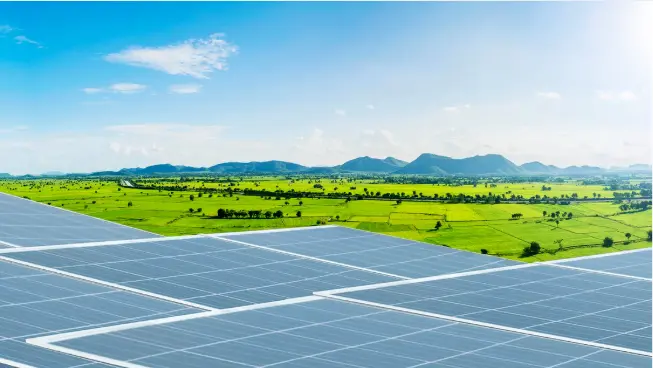
Neglecting Solar Maintenance? Here’s What It Could Cost You
Most people are aware that firstsolar stock require minimal maintenance. But that doesn’t mean no maintenance. When ignored, small issues can lead to significant energy and financial losses.
Also Click Here : bifacial solar panels
What You Should Be Checking:
- Panel Cleanliness: Monitor for dust, leaves, or bird droppings, especially after storms.
- Inverter Health: Use your app or meter to confirm proper conversion and look for error codes.
- Wiring and Hardware: Inspect annually for signs of corrosion, wire damage, or disconnections.
- Monitoring Systems: If your production graph hasn’t changed in weeks, you may have a connection issue.
Field Insight:
A small office in Salt Lake City contacted us after seeing Flatline production. A rodent had chewed through a key junction wire, causing half their system to go offline. A $350 repair restored their setup, saving them approximately $1,000 per year going forward.
Is First Solar Stock a Window into the Industry?
Many homeowners are now following market trends as they consider installing solar panels. A frequently discussed name is First Solar stock, which represents one of the largest U.S.-based solar panel manufacturers.
Here’s why watching First Solar stock can be relevant even if you’re not investing:
- It reflects the growth and confidence in domestic solar manufacturing
- It correlates with federal incentives, such as tax credits or rebates for American-made components
- A healthy solar manufacturing sector can translate into faster installations and improved access to panels
In 2024, First Solar stock saw gains that aligned with new legislation boosting U.S.-made solar panels. This momentum often trickles down to consumer-level availability, pricing, and demand for installers.
Thinking Off-Grid? Here’s What to Know
Off-grid solar setups are becoming increasingly feasible thanks to the availability of affordable and efficient batteries. But they require careful planning and a larger budget.
What You’ll Need:
- A larger array (10 to 20 kW, depending on usage)
- Solar batteries (minimum 20 kWh for whole-home backup)
- Hybrid or off-grid inverters
- Backup generation for extended cloudy periods
Real-World Setup:
A family in rural Oregon has built a fully off-grid system featuring 16 kW of solar power and a 32 kWh lithium-ion battery bank. Their system powers a well pump, HVAC, lighting, and even a home office. While the installation cost $48,000, they now live completely energy independent with zero utility bills.
How to Tell If Your Solar Panels Are Underperforming
Are you unsure whether your panels are operating at peak performance? Follow these simple steps to find out.
Step-by-Step Solar Health Check:
- Review Your Monthly Energy Output
- Compare current production to previous years. A 10- to 15-percent dip may indicate a problem.
- Compare current production to previous years. A 10- to 15-percent dip may indicate a problem.
- Visually Inspect the Panels
- Look for debris, nests, or visible cracking. If it’s not safe to climb, use binoculars or hire a professional.
- Look for debris, nests, or visible cracking. If it’s not safe to climb, use binoculars or hire a professional.
- Check Inverter and Monitoring Systems
- Confirm system uptime and look for any warning messages or offline panels.
- Confirm system uptime and look for any warning messages or offline panels.
- Schedule a Professional Inspection
- If your system is more than 5 years old or hasn’t been checked in over a year, an inspection could pay for itself in recovered performance.
A Little Maintenance Goes a Long Way
Solar energy is one of the best long-term investments you can make for your home, your wallet, and the planet. But even the best systems need periodic attention to continue operating efficiently.
Whether you’re a homeowner using rooftop solar, a small business with commercial panels, or an investor watching First Solar stock as a market indicator, the key takeaway is this: solar systems perform best when they’re clean, monitored, and maintained.
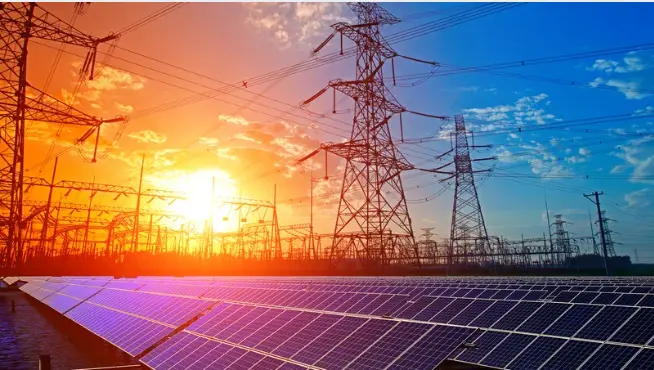
Take Action: When Was Your Last System Checkup?
If your panels haven’t been cleaned in over three months or your inverter is more than a decade old, it might be time for a checkup. A simple maintenance visit could restore 10 to 20 percent of your system’s lost performance. That’s real money—and real power—back in your hands.
Schedule a professional solar inspection today and start getting the energy savings you were promised.
FAQs
Q: How often should I clean my panels?
A: Every three to four months, or more frequently if you live in dusty or high-pollen areas.
Q: Can I clean them myself?
A: Yes, but use a soft brush, deionized water, and avoid climbing on the roof unless trained. Many homeowners opt for professional cleanings for safety.
Q: What is the typical lifespan of a solar inverter?
A: Central inverters last around 10 to 15 years. Microinverters may last 20 to 25 years, though they are more expensive.
Q: How do I know if a panel has stopped working?
A: Your monitoring app should show lower output or a fault. If unavailable, schedule an inspection.
Q: Should I track First Solar stock as a solar homeowner?
A: It’s not necessary, but following industry stocks like First Solar stock can provide insights into technology trends, policy shifts, and installer behavior.


